
Keeping your air conditioner running smoothly can save you from costly repairs or full replacements down the line, especially during peak summer heat. From weak airflow and mysterious leaks to unusual noises, AC issues can appear quickly.
In this expert-backed guide, HVAC professionals share simple cleaning steps, preventative maintenance tips, and troubleshooting advice tailored for every air conditioner type. Whether you're caring for a central unit or a window model, here's how to keep it cool, efficient, and problem-free – the Homes & Gardens way.
How to clean your AC unit
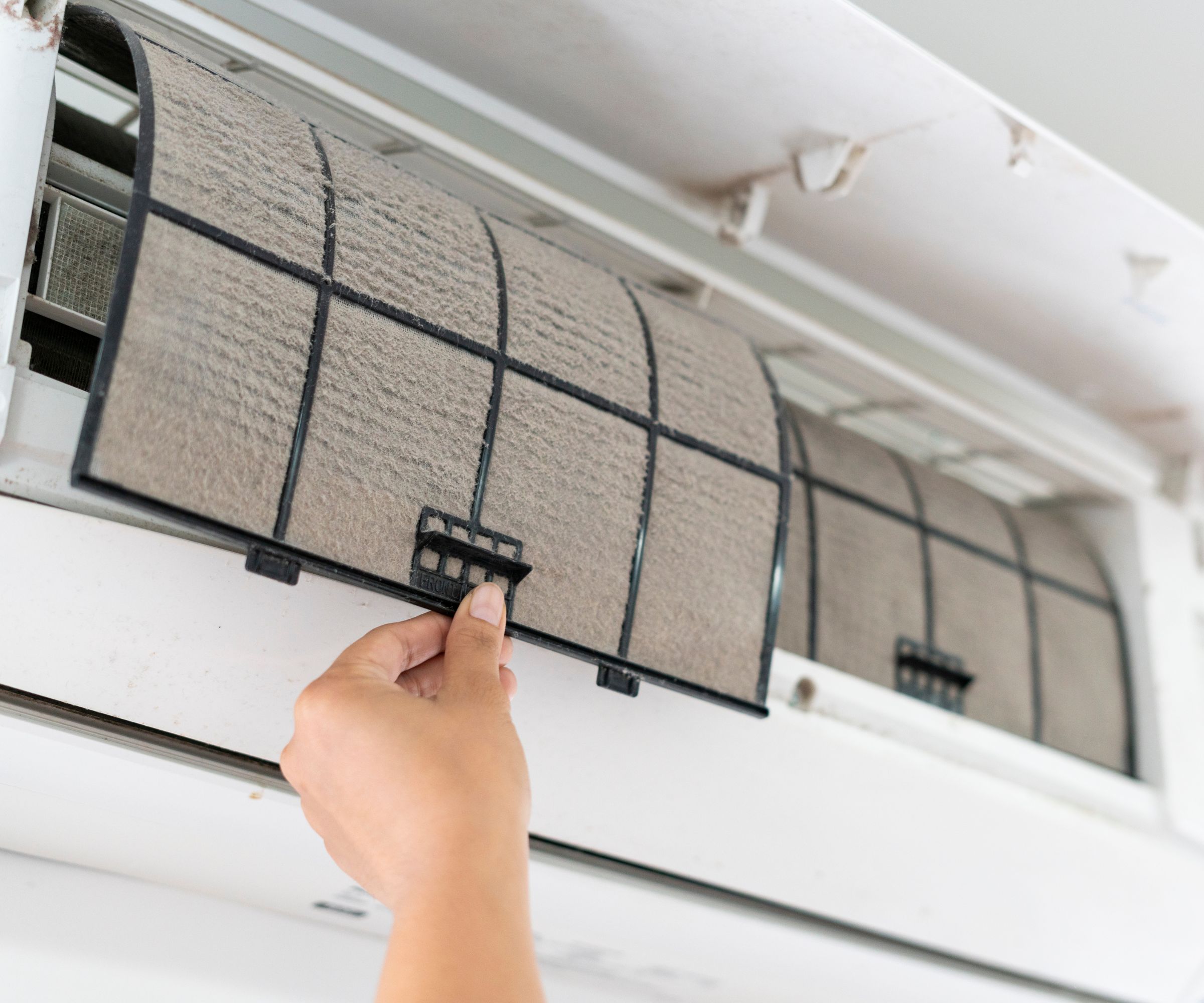
'Regular AC maintenance and cleaning is good for its cooling and extends the life span of the unit,' says Alicia Johnson, the Founder of Cleaning Green LLC in California.
She recommends investing in an all-in-one air conditioner universal cleaning kit from Walmart, which will allow you to clean your unit thoroughly by yourself. O-Cedar Cleaning Gloves, from Target, can also help to protect your skin from snags or irritants.
1. Turn the power off
Before cleaning any electronic device, always make sure it’s completely powered off – and air conditioners are no exception.
Alicia cautions against attempting to clean a running AC unit, as this poses serious safety risks. Always find and switch off the power supply fully before you begin any maintenance or cleaning.
2. Replace or clean the filters
The easiest but most impactful step is the cleaning of your air conditioner filters. However, the expert recommends removing and buying new filters, available at Amazon especially if you notice any signs of damage.
'You can find them in the air handler or furnace cabinets inside or at the end of the air inlet,' Alicia says. 'To ensure good airflow, the filters must be thoroughly sanitized or replaced twice annually because of the dirt, hair, and dust that can clog them.'
Alternatively, you can vacuum your filters, or wipe them over with a clean, dry microfiber cloth, from Target.
3. Clean the condenser coils
Next, you need to tackle the condenser coils. Alicia recommends using a multi-head screwdriver from Walmart to remove the top and side panels (to protect the condenser system from access) and reach the unit's condenser coils.
'After unscrewing the panel, lift the top gently since being aggressive could cause damage to the wirings,' the expert warns. She suggests using a soft brush or a special coil brush, from Lowe's, for the best results but warns that this step comes with extra caution.
'The coils are extremely delicate, and even the slightest pressure can bend and damage them,' Alicia says. After the outside of the coil is done, you should use your vacuum cleaner for the inside.
'If you notice any persistent dust or debris that refuses to budge, you can use a commercial AC coil cleaner [such as Foam Blaster, from Amazon] and spray it on the inside. Just don't spray against the fan or any other electrical components,' she urges.
4. Clear the condenser
Your condenser is vital to the cooling process of your air conditioner, so it is important that you clear any leaves, debris, or garden weeds that have found their way inside.
Alicia adds, 'If you spot a drain at the bottom, make sure nothing blocks the draining hole, and make sure there aren't any twigs, vines, leaves, or weeds present inside that can hinder the flow of your unit.'
5. Cleaning an AC drain line
The AC drain line usually exits near the outdoor unit. This is often a white PVC pipe that runs from your indoor air handler to the exterior of your home.
Before you begin flushing your line, inspect the opening to make sure there’s no visible damage or clog in the line.
Attach a wet/dry vacuum to the end of the AC drain line. Use a rag or some XUXU Heavy Duty Waterproof Black Duct Tape from Amazon to create a tight seal where you attach the vacuum to the drain line. Run the vacuum for roughly one minute to clear any blockages in the line.
After you’ve vacuumed the line for about a minute, you can then flush the line. White vinegar will kill any mold or algae inside the pipe. You’ll need to close the drain line (duct tape should work for this) so that the vinegar, available at Walmart, doesn’t just run out of the line. Pour about one cup of vinegar into the access point of the line, which is normally close to the indoor air handler, where the condensation originates.
Leave the vinegar in the line for roughly 30 minutes in order to break down any lingering residue. Next, flush the line with water to wash out any debris. Start with small amounts of water and ensure that the water is draining outside the home. It can be helpful to have another person with you who can confirm that the water is draining properly as you pour it into the line.
6. Inspect the refrigerant lines
If the foam insulation covering your refrigerant line sustains damage, now is the time to change it.
Alicia suggests replacing the entire piece to maintain the level of efficiency your cooling system provides. 'However, if the damage is minor, you can just wrap the spot using insulation tape [available at Walmart],' she adds.
7. Test your results
Before restoring the power supply and activating the power to the condenser, Alicia says that you should switch the thermostat to the off setting.
'Adjust the cooling mode you normally keep the AC at using the thermostat and activate the cooling system. You will notice a much better cooling experience if you have done everything right,' she says.
Common AC problem troubleshooting
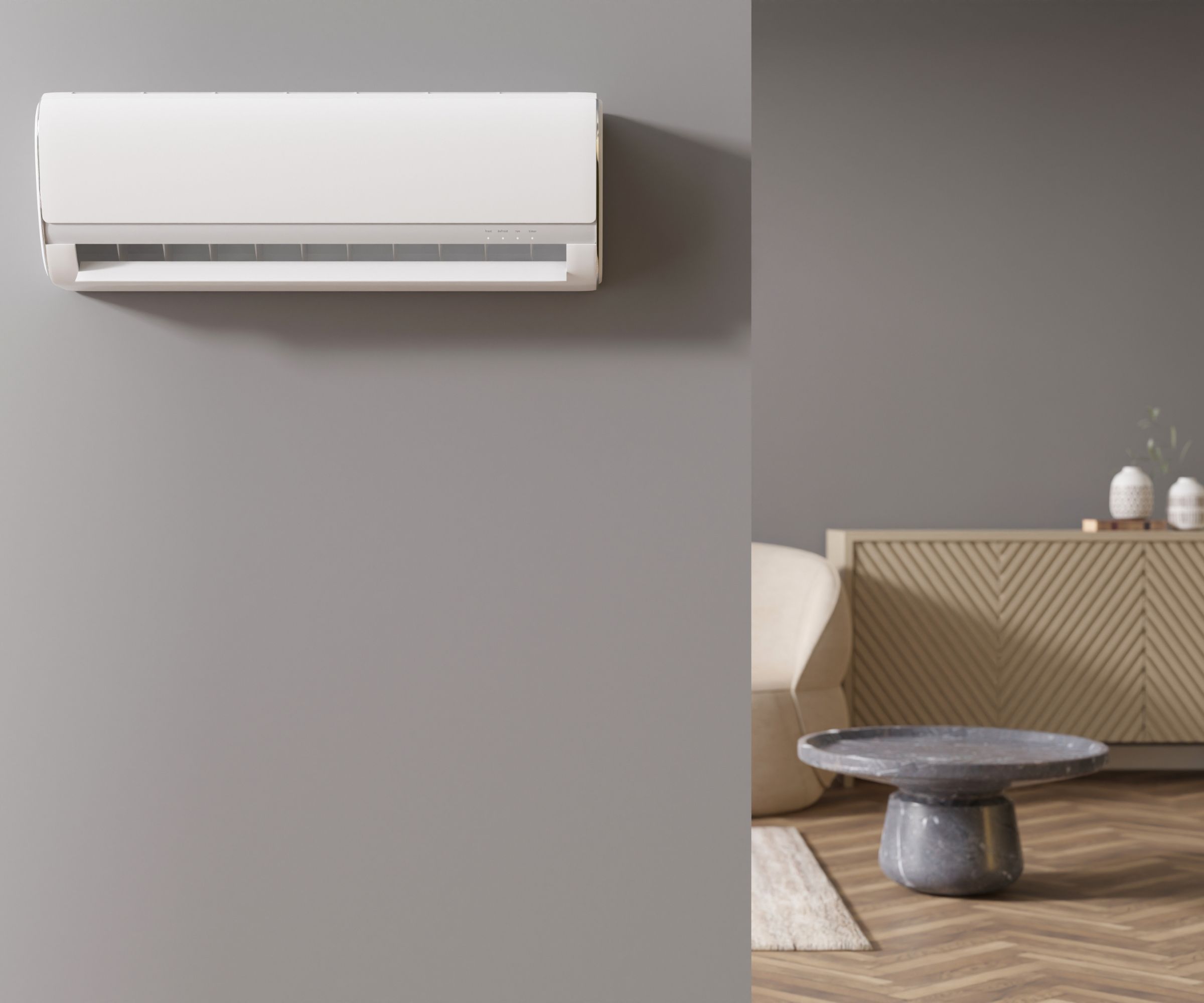
It pays to know when your AC unit is faulty, potentially saving you hundreds in household repair bills and replacement costs.
Josh Mitchell, HVAC professional at Air Conditioner Lab, begins, 'Though there are many indicators of possible vent issues, I'd say the main things to watch out for are water damage, strange sounds, weak airflow, and condensation in unused rooms.
Visible water damage
Look for water stains or damp patches around vents or nearby walls and ceilings. Over time, these spots can darken and spread, indicating persistent moisture problems. If left unchecked, this can lead to mold growth or damage to drywall and paint. Regularly inspect areas near vents, especially in rooms where you notice temperature or humidity fluctuations.
Humming or gurgling sounds
A clogged condensate drain line often makes gurgling or humming noises as water struggles to flow through. This indicates that the line may be blocked by dirt or algae. If ignored, water can back up into the system and leak from vents. Cleaning the line can often resolve the issue. Good & Gather White Distilled Vinegar from Target is high quality, with thousands of five-star reviews.
Weak airflow at vents
If air isn’t coming out of the vents as forcefully as it should, it’s often a sign of a dirty filter or a problem with ductwork. Weak airflow means the system isn’t cooling efficiently, which can lead to overworked coils and dripping vents. To prevent this, check your air filter and replace it every one to three months.
Condensation in unused rooms
Dripping vents in rarely-used rooms might indicate that the ducts in those areas aren’t properly insulated. Poor airflow or inadequate ventilation in unused spaces can allow cold air to linger, causing condensation to form. Ensuring proper duct insulation and increasing ventilation in these rooms (avoiding closing vents in unused rooms) can solve the problem.
AC unit leaking water
There are several reasons why your AU unit is leaking water, or you are noticing leaking from AC vents:
- Clogged drainage: The condensate drain is the part of the AC system responsible for removing condensation from the evaporator coil. Rob Terry, HVAC contractor and owner of Terry's A/c & Heating, says, 'A clogged condensate drain often happens in the spring and in the fall. The drain can build up with slime, algae, and sludge when the air conditioner starts to run a little less often. To test for this, Rob suggests, 'Turn your HVAC unit off. If that does not stop the water from leaking, the issue may be related to plumbing, not the air conditioner. Homeowners should call a licensed air conditioning and heating professional who can diagnose and fix the issue.'
- Blocked air filter: Lucy Arnold, Service & Maintenance Manager at PRA Air Conditioning, says, 'Blocked filters are common culprits behind AC leaks. When the filter gets clogged, it restricts the airflow, leading to a buildup of pressure inside the unit, ultimately resulting in leaks. The first thing you should do is clean the filters in the indoor unit.'
-
Frozen evaporator coils: Melanie Powers, president of Goodberlet Home Services, explains, 'If your system does not receive sufficient air, it can cause your evaporator coil to freeze up.'
Rob adds, 'A frozen coil that is defrosting due to poor air circulation or low refrigerant levels can cause water leakage, but it is often not a huge flood of water all at once.' - Refrigerant leaks: Josh explains, 'Low refrigerant, which changes from liquid to gas or gas to liquid, causes the evaporator coils to freeze due to inadequate heat absorption. When these coils thaw, water can overflow and leak from the vents. Signs of low refrigerant levels include reduced cooling efficiency, higher energy bills, and ice formation on the system. To check, look for ice buildup on the coils or refrigerant lines. Listen for a hissing noise, which may indicate a refrigerant leak. Contact a professional HVAC technician to fix leaks and recharge the refrigerant.' The UEi Test Instruments Refrigerant Leak Detector from Amazon helps homeowners identify potential refrigerant leaks before contacting a professional.
- High indoor humidity: Josh continues, 'High indoor humidity increases the moisture content in the air. When this humid air comes into contact with cold AC vents, condensation forms and can drip. Use a hygrometer, available from Walmart, to measure your home's humidity levels.'
- Clogged condensate drain line: Josh says, 'The condensate drain line removes water produced during the cooling process. When clogged, water backs up and leaks from vents. You can inspect the drain line for one by pouring a cup of water into the drain pan. The line is likely clogged if it doesn't drain. To resolve, flush the line with a vinegar-water solution or use a wet/dry vacuum to remove debris. This Nu Calgon AC Drain Line Cleaner from Amazon prevents algae buildup and keeps the line clear.'
- Improper installation: Josh warns, 'If the system isn't level, water can pool in the wrong areas and eventually leak from the AC vents. Use a bubble level, such as this spirit level ruler available from Walmart, to check if the HVAC unit is evenly installed.'
- Poor insulation: Josh says, 'Poorly insulated ducts in unconditioned spaces, like attics, stay cold and create the perfect environment for condensation. Common signs include condensation on ducts or dripping vents in rooms farthest from the HVAC unit. Inspect ducts for missing or deteriorating insulation. Feel for temperature differences along the ducts. If you encounter this issue, wrap ducts with new insulation or replace damaged sections. Duck Brand HVAC Duct Insulation is an easy-to-install insulation that helps reduce condensation and improve energy efficiency. It protects against temperature fluctuations, keeping your ducts insulated and moisture-free'.
- A damaged drain pan: Josh concludes, 'The drain pan collects water dripping off the evaporator coils. If it's cracked, rusted, or damaged, it may not hold water properly, leading to leaks. Water pooling beneath the HVAC unit or visible damage to the pan itself are both telltale signs. You can also inspect the pan for visible cracks or corrosion, and pour water into the pan to check if it drains properly or leaks. To resolve, simply replace the drain pan or seal minor cracks with waterproof adhesive. The Condensate Drain Pan from Amazon is durable and designed for residential HVAC systems.'
It helps to know where to look for AC leaks so you can spot them early and take action before serious damage is done to your home.
Josh Mitchell explains, 'The most common areas of the home to experience AC vent issues are attics and crawl spaces, bathrooms and kitchens, or in whichever room is closest to the AC unit.
Attics and crawl spaces
Cold ducts in hot, humid conditions create the perfect environment for condensation. And the ductwork in attics and crawl spaces tends to be poorly insulated, so these are often the first to experience condensation. Insulating attics and crawl space ducts can reduce this issue and improve system efficiency. Check out these six types of attic insulation and discover how to insulate a crawl space.
Bathrooms and kitchens
Due to showers, baths, kettles, and cooking activities, bathrooms and kitchens naturally have higher humidity than elsewhere in the home. When this warm, moist air comes into contact with colder vents, condensation can form more readily. Installing exhaust fans and best dehumidifiers [such as this small 280 sq. ft. dehumidifier from Amazon] in these areas can help control moisture levels and prevent dripping. Check out the ways to improve bathroom ventilation.
Rooms closest to the AC unit
Vents near the air handler are often colder than those farther away, making them more prone to condensation. If these rooms are also poorly ventilated, the risk increases. Balancing airflow throughout the home and ensuring ducts are properly insulated can help reduce this issue.'
Having a good microfiber mop system, from Target, can help clear up drips before they damage your floors, too.
AC not blowing cold air
If your AC unit is not cooling or blowing cold air, there are six possible causes:
- Wrong settings: The easiest is to double-check your thermostat. Brendan McCarthy, CEO and Owner of SALT Service Company, says, ‘I’ve seen plenty of cases where the thermostat was set wrong.' A smart thermostat, such as the Amazon Programmable Thermostat from Best Buy, can help you keep tabs on your home's temperature from anywhere.
- Dirty air filters: Brendan continues, '‘When someone tells me their AC is running but the air isn’t cold, I always start with the basics. Most of the time, it’s a dirty air filter, and replacing that is a simple fix that can make a bigger difference than people realize. Also, some AC units will have two air filters, so be sure to replace both every few months.'
- Low refrigerant: Brendan says, ‘A frozen evaporator coil or low refrigerant usually points to a leak. Don’t run the unit if the evaporator coil is frozen or the system is making strange noises, since this can lead to further problems.'
- Malfunctioning compressor: If your outdoor compressor is malfunctioning, it may cause your entire AC system to operate inefficiently as it won't be able to transfer the air properly. You can often diagnose a malfunctioning compressor from unconventional noises (such as rattling and clattering) coming from your unit. In these cases, it's best to turn off your unit entirely before fixing the issue, if you know how, or calling in an expert to run diagnostics and make the repairs needed.
- Leaking duct work: Brendan says, ‘Sometimes the cold air is doing its job, but it’s just leaking out through the ductwork before it ever reaches the desired rooms. Cooling problems are frustrating for homeowners, but a little troubleshooting goes a long way before calling in a licensed HVAC technician.’ This is not typically one you can resolve alone, but identifying the problem will help you figure out your next steps and understand how much it might cost to repair.
- Obstructed condenser unit: Richie Drew, VP of Operations at One Hour Heating & Air Conditioning, says, ‘The condenser unit is located outside your home, and the condenser coil runs around the unit's periphery, usually protected by a removable cover or panel. It’s usually lined with thin, shiny metal fins. If these fins are blocked by dirt or grass, or covered by a tarp for protection, they can't draw in enough air, which can lead to warm air blowing into your home.’ This AC fin cleaning kit, from Amazon, can help keep them clear to reduce how hard your AC unit has to work.
AC unit freezing up
It's clear that something's not working correctly when an AC unit freezes up. Our HVAC systems are designed to regulate temperature, so the unit itself freezing over is a sign that something needs fixing.
Robert Walden, HVAC specialist, mechanic and electrician, and founder of Vehicle Freak. suggests four possible causes:
- Blocked filters: When filters get plugged up, it hinders airflow across the evaporator coil. This prevents the coil from properly absorbing heat from inside the home.' Luckily, replacement air filters are available at Home Depot. Robert advises homeowners to inspect their filters monthly during peak cooling season and switch them out whenever they look dirty. ‘Keeping filters clean goes a long way in preventing freezing problems.'
- Blocked vents: ‘Blocked or closed ventilation registers and dampers can also impair airflow if they aren't allowing air to circulate freely throughout the home,’ Robert says. ‘Make sure all vents are fully open so air has a clear path to flow.’ This extendable electrostatic duster, from Target, can help you remove dust and debris from your vents with ease.
- Debris on evaporator coils: ‘Minor debris on evaporator coils may also cause airflow issues,’ Robert notes. "Light brushing with a soft bristle brush or vacuuming can help dislodge loose dirt." Clean evaporator coils are essential for efficient heat absorption, and keeping them free of debris can prevent unnecessary freezing.'
- Refrigerant leaks: 'Another common factor is low refrigerant levels due to leaks in the refrigerant lines or components,' Robert explains. 'Over time, small leaks can gradually seep refrigerant out of the system until it no longer has enough pressure to properly cool.'
AC unit smells bad
Bad odors are a nuisance at the best of times, but if the strange smell is coming from your AC unit, it could be a sign of serious damage.
The type of smell usually gives you a hint as to the cause and how to fix it:
1. A musty or mildew smell
This unpleasant, damp odor often indicates moisture buildup within your AC unit. Common causes include:
Clogged Drain Pan: The drain pan collects condensation from the cooling process. A clogged pan allows water to back up, creating a breeding ground for mold and mildew.
Dirty Air Filter: A clogged air filter restricts airflow and can trap moisture within the unit, promoting mold growth.
Leaking Ductwork: Leaks in your ductwork can allow moisture to seep in, creating a damp environment for mold and mildew to thrive.
What to do: For mold and mildew, Tony Abate, HVAC specialist at AtmosAir Solutions, suggests that you thoroughly clean all of the affected parts with a mold-inhibiting cleaner and ensure that all drainage systems are clear and functional. You can try using Method Antibacterial Bathroom Cleaner from Walmart to make sure the parts are cleaned and disinfected effectively. Regularly changing your air filter (every 1-3 months) and turning off your AC's fresh air intake is also essential for preventing these smells.
2. Burning Smells
A burning odor could indicate electrical problems or overheating within your AC unit. Here are some possibilities:
Overheated Motor: A failing motor, caused by lack of maintenance or clogged components, can overheat and emit a burning odor.
Electrical Issues: Worn-out wiring or faulty electrical components can cause burning smells and pose a fire hazard.
Burning Plastic Smell: This could indicate a burning belt or other internal components, potentially due to a malfunctioning part.
What to do: ‘For burning smells, disconnect your unit and contact an HVAC professional immediately to avoid any risk of fire,’ says Josh Mitchell. 'If you suspect a gas leak, it's imperative to exit your home right away and contact your gas company or a professional.’
Regular AC maintenance can prevent these issues, so ensure your system is serviced at least once a year by a qualified technician. This proactive approach will keep unpleasant smells at bay.
3. A Rotten Egg Smell
If you notice a sulfuric, rotten egg smell, this could be a sign that a dead animal, such as a rodent, has become trapped in your ductwork.
What to do: Remove the carcass and thoroughly clean the affected area to prevent health hazards. A pest pro can help with this, but if working alone, always wear protective equipment, such as thick working gloves from Lowe's, long sleeves, and a respirator mask from Lowe's to protect from disease.
Consider pest control measures to prevent future occurrences. Conducting thorough cleanings and sealing potential entry points with XFasten Self Fusing Silicone Tape Black from Amazon to prevent further pest entry.
4. A Sewer-like Smell
This pungent odor can signify sewage line issues that could be affecting your AC system:
Drain Line Backup: A clogged drain line can cause sewage odors to back into your home, including through the AC vents.
Venting Issues: Improper venting of your AC unit or plumbing system can allow sewer gas to escape your home.
What to do: Contact a licensed plumber to examine your drain line and a qualified HVAC technician to inspect the AC venting system for any deficiencies.
5. Cleaning Product Smell
Strong chemical or cleaning product odors can sometimes get sucked into your AC system.
Recent Use of Cleaning Products: Using strong cleaning products near your AC unit can cause those odors to circulate through the vents.
Outdoor Chemical Exposure: Living in an area that frequently uses pesticides or industrial chemicals can actively draw those odors into your AC system.
What to do: Ensure proper ventilation when using strong cleaning products and avoid storing them near your AC unit. If you suspect outdoor chemicals are the culprit, consider changing your air filter with these Simply Filters from Amazon to trap those odors more effectively.
Signs you need to replace your AC unit
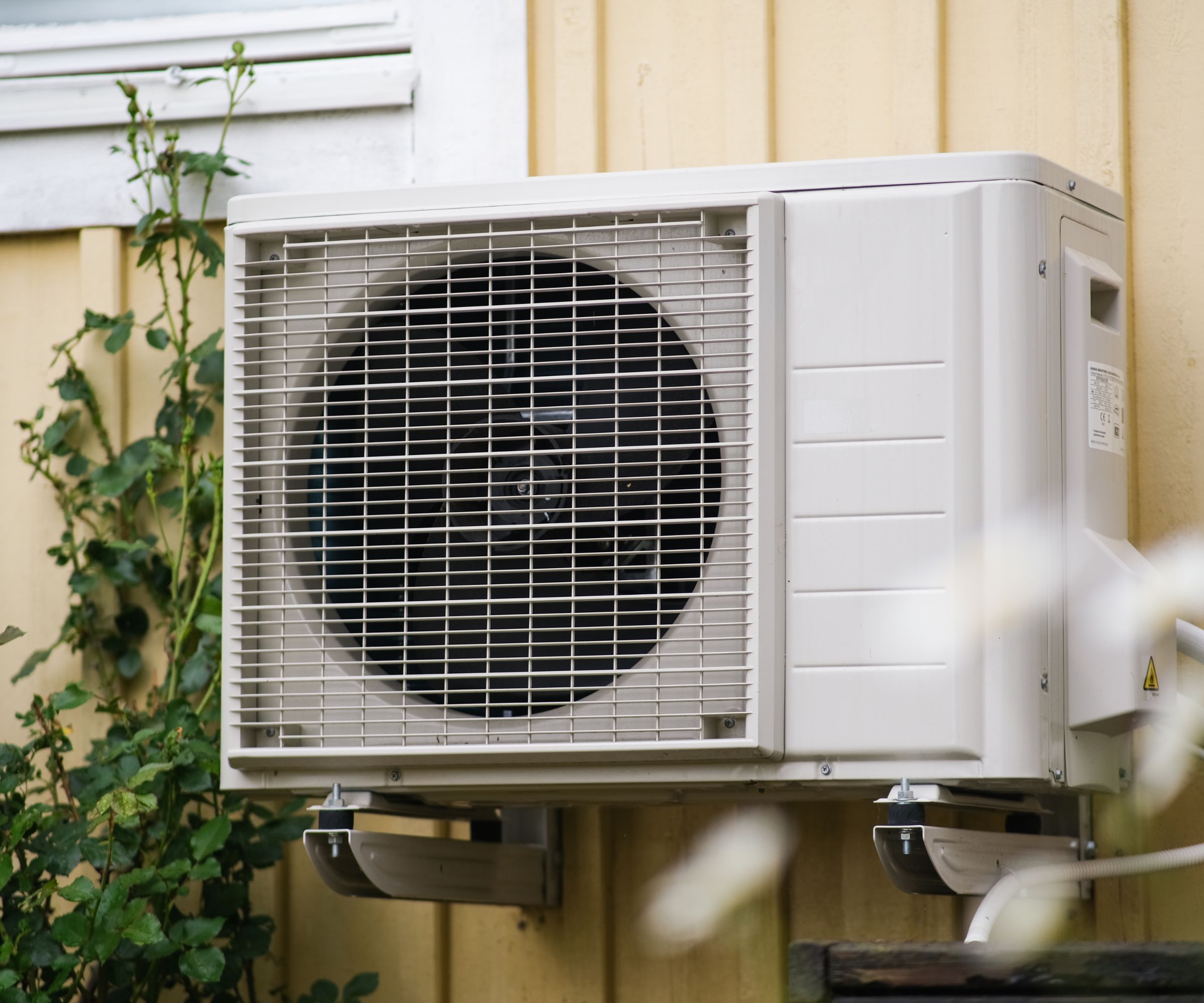
Experts say that recognizing when it’s time to replace your AC system is just as crucial as knowing how to operate it.
1. There is a gas line leakage
As Richard Halsall, CEO of Exhale Fans, explains, a gas line leak on your AC unit will cause the condenser to freeze up, leading you to see a serious reduction in the cooling of your air conditioner, and, therefore, a significant increase in how long it takes for an AC to cool down a room.
'You can actually feel the change when you place your hand over the register,' he says. 'This is a big warning sign that it’s time to move on, as this kind of leakage is a huge waste of energy and can result in considerably higher energy bills, not to mention expensive repairs if there is damage to surrounding areas.'
Therefore, to cut energy bills, replacing your air conditioner is recommended in this instance.
2. Bad energy efficiency
Much like in the presence of a gas line leakage, Robert Mazzacone, president at Mazzacone Plumbing and Heating, advises that, if your air conditioning unit has a low SEER (Seasonal Energy Efficiency Ratio) rating compared to what's available today, you're likely paying more than you should be on your energy bills.
'Newer systems with higher SEER ratings can make a noticeable difference,' he shares, and help to keep a home cool in a heatwave, without driving up your household bills at the same time.
3. The blower fan isn't working properly
When it comes to cooling down a living room, or indeed anywhere else, the main component that pushes the cool air around the space is the fan.
Richard explains that if your AC unit isn't delivering cool air with the necessary force across a room, you are likely to see the compressor usage rise.
'This is a major contributor to energy consumption,' he says. 'With this, users will have to run the AC at super cold or super hot, just to feel comfortable in their own home – imagine places like Phoenix, where it's hot both during the day and night.
'A faulty blower fan will also affect the dry air that is delivered, so tackling areas with a lot of moisture will be much more challenging, making way for every homeowner’s sworn enemy, mold and mildew.'
4. Your home feels unusually humid
Your home feeling humid during warm weather is to be expected, but, as David Lewis, owner of Mission AC & Plumbing, highlights, your AC is meant to help manage humidity, not worsen it.
'If your home feels damp or muggy, especially during hot months, it means your system isn’t dehumidifying like it should,' he says. 'That’s often a sign it’s no longer operating at full capacity.'
Therefore, if you do spot any signs of high home humidity, it's well worth calling in a pro to take a look at your AC unit.
5. The heat exchanger outside is broken
Finally, if your heat exchanger outside is 'on the fritz,' your air conditioner needs replacing, warns HVAC expert Richard.
'Not only does this issue cause serious disruption to energy efficiency within the home, but it also has the potential to cause major safety hazards, such as the leaking of carbon monoxide into a home, which could leak into the air and harm those inside,' he stresses. 'If the heat exchanger were in working order, such hazards would not be an issue.'
Make sure you're aware of the smells that could be a sign of danger in your home, and, crucially, where to install carbon monoxide alarms, to protect your health and your home.
We recommend the Kidde Carbon Monoxide Alarm available at Walmart, which requires no hardwiring and features a loud, 85-decibel alarm.
FAQs
Do you need to cover an AC unit in winter?
Very few of us are probably using our AC units after summer, switching over to heating instead to keep us cozy through winter. The logic follows that any large piece of technological equipment probably shouldn’t be outside in freezing cold, wet weather without protection.
However, HVAC experts are warning that using a tight-fitting cover over the top could be doing more harm than good.
It is very rare that cold weather results in a frozen AC unit. Kevin Goude, HVAC specialist and owner of First Choice, begins, ‘Tight-fitting fabric and vinyl AC covers are absolutely useless for your air conditioning and do more harm than good. Remember, AC units are designed to withstand all weather conditions, including snow, rain, wind, and extreme temperatures, and AC covers only trap moisture inside, leading to mold growth and rust.’
When should you turn off AC fresh air intake?
Although introducing fresh air into your home is important for ventilation, the keyword is ‘fresh’ air. In times of climate disasters such as wildfire smoke, high levels of pollution or pollen, or dust storms, it is important to prevent contaminated air from entering your home.
Air conditioners vary widely in their makes and models, and each can draw fresh air into your home slightly differently. As a result, it is important to work out which mechanism your AC uses by consulting the manufacturer's instructions, says Rhett Jones, HVAC expert at Air Force Heating and Air.
‘Most of the time, fresh air in an air conditioning system is mechanically introduced to the system by either a fresh air damper, and Heat Recovery Ventilator (HRV), an Energy Recovery Ventilator (ERV), or a dehumidifier with a fresh air intake,’ he explains. ‘If it is one of these, then there will be a control either on the mechanical device or a thermostat on the wall (which could be the main thermostat control for the house).
In some cases, however, a duct is installed directly into the HVAC from outside, which would always introduce fresh air, Rhett adds. ‘In that instance, a damper would need to be installed by a professional to help the homeowner cap it off completely.’
'If your AC unit functions through a control panel or thermostat, then you can enter the settings on this and look for the options listed as either "Fresh Air" or "Outside Air" and another for "Recirculate" or "Inside Air", says Christopher Coleman, of HVAC specialists DH Life Labs. ‘The exact terms might vary based on the manufacturer and model of your AC. Check your user manual if you're unsure,’ he adds.
If you have a ducted AC unit, however, you will need to close the dampeners – if your unit already has them, continues Lane Dixon, VP of operations and HVAC expert at Aire Serv. ‘The owner's manual from the system manufacturer should tell you how the intake vents work, and it is important to follow the exact instructions for your make and model to prevent damaging anything in the unit,’ Lane warns.
What to shop
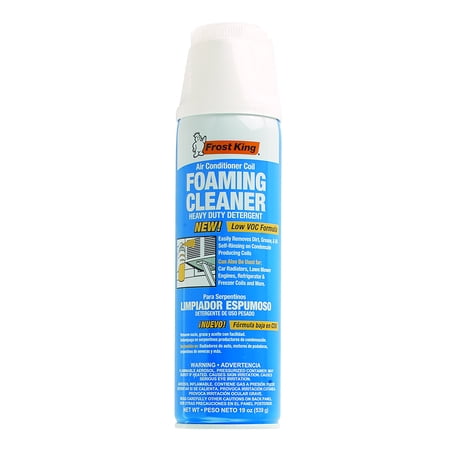
This Heavy-duty foam easily and effectively removes dirt, grease, and oil from air conditioner coils and car radiators.
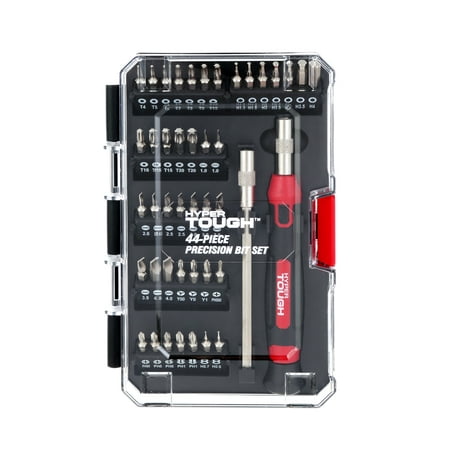
Made by chrome vanadium for long-lasting durability, this screwdriver set includes a see-through handle that is comfortable to hold, perfect for HVAC maintenance.
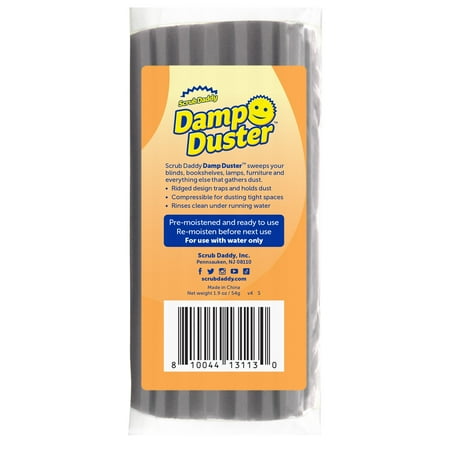
The Damp Duster is one of our favorite cleaning tools for picking up dust and removing it quickly, rather than spreading it around or dislodging it. It is squishy, too, so it can fit in small HVAC unit gaps.
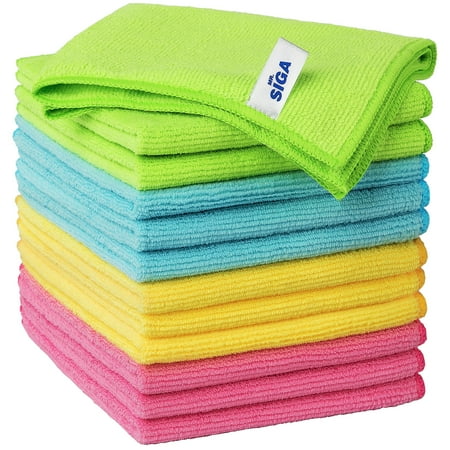
Quality microfiber cloths are a must for HVAC cleaning. They are perfect for use both inside and out, and can be thrown in the washing machine after use for a quick refresh, ready to use time and time again.
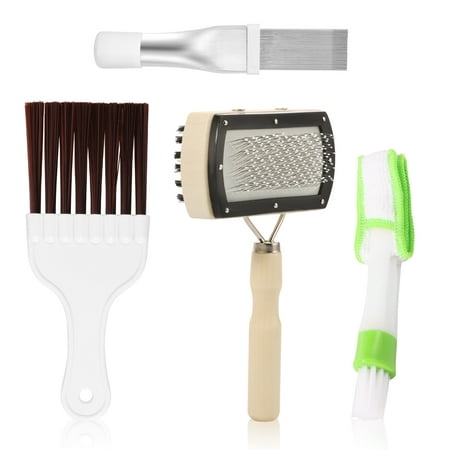
Made of sturdy metal and plastic, this refrigerator coil cleaning brush set is enduring, easy to use, and resistant to damage, ensuring long-lasting performance for coil cleaning.

Cleaning an AC unit is dusty work. These adjustable, disposable dust masks can help to protect your airways from irritation as you work.
Next, brush up on the most efficient way to run AC during a heatwave to cut costs and avoid damaging your now pristine cooling machine.







